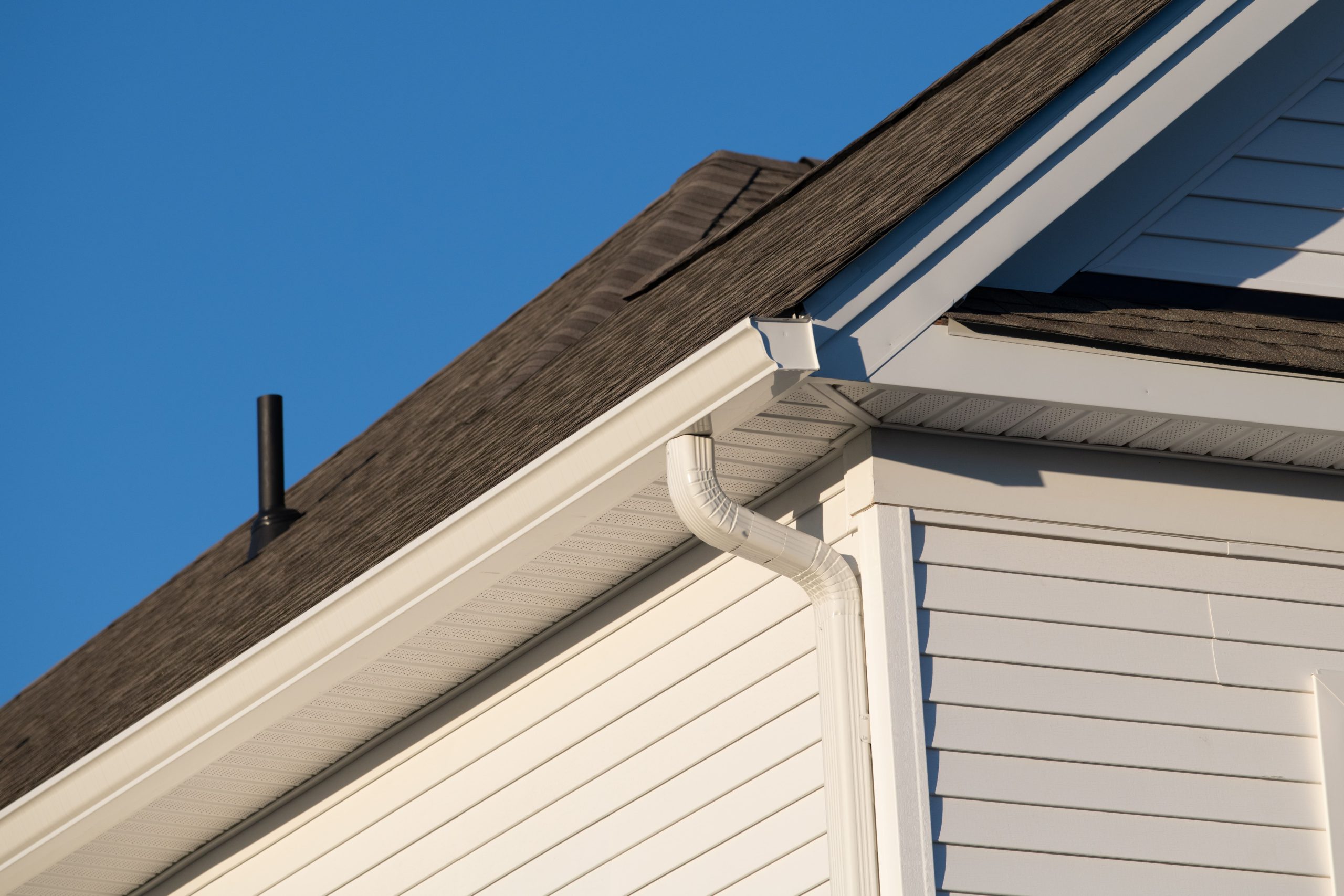March 4, 2024
The Role of Sealcoating in Preventative Maintenance for Commercial Pavements
Preventative maintenance is the cornerstone of long-lasting, durable commercial pavements. Among the myriad of maintenance strategies, sealcoating stands out as a critical protective measure that can significantly extend the life of asphalt surfaces. This blog post delves into how sealcoating plays an essential role in preventative maintenance for commercial pavements, reducing long-term repair costs and preserving the integrity of your property’s asphalt surfaces.
Understanding Sealcoating
Sealcoating done by paving companies is a process that involves applying a protective layer over asphalt pavements to shield them from the damaging effects of water penetration, oils, UV rays, and other environmental contaminants. This layer not only protects but also enhances the appearance of the asphalt, giving it a fresh, new look.
The Preventative Power of Sealcoating
1. Protection Against the Elements: One of the primary benefits of sealcoating is its ability to protect asphalt pavements from the harsh effects of the weather. UV rays can oxidize the asphalt, causing it to become brittle and crack over time. Water penetration can lead to the erosion of the base material, while freeze-thaw cycles can cause cracks to expand. Sealcoating acts as a barrier, minimizing these risks.
2. Resistance to Oil and Chemical Spills: Commercial pavements are often subjected to oil and chemical spills, which can penetrate the asphalt and weaken its structure. Sealcoating provides a resistant surface that can prevent these spills from causing significant damage, making it easier to clean and maintain the pavement.
3. Cost-Effective Maintenance: By extending the life of asphalt pavements, sealcoating reduces the need for more extensive and costly repairs, such as pothole patching, crack filling, and eventually, resurfacing or repaving. Regular sealcoating, as part of a preventative maintenance program, can save property owners significant amounts of money over the lifespan of their pavement.
4. Enhancing Curb Appeal: Beyond its protective benefits, sealcoating also improves the aesthetic appeal of commercial properties. A well-maintained, sealcoated parking lot or driveway can make a positive first impression on customers and visitors, contributing to the overall image of the business.
Implementing a Sealcoating Schedule
For optimal protection, commercial pavements should be sealcoated every two to three years, depending on traffic volume and environmental conditions. The best time for sealcoating is during warmer months, as the sealant requires temperatures above 50°F to cure properly. Planning your sealcoating projects during spring or summer ensures the pavement has ample time to dry and cure, providing maximum protection against the elements.
Choosing a Professional Sealcoating Service
While some maintenance tasks can be handled in-house, sealcoating is best left to professionals. A reputable sealcoating service will have the expertise, equipment, and high-quality materials needed to ensure the job is done right. They can also provide valuable advice on other preventative maintenance measures to keep your pavement in top condition.
Conclusion
Sealcoating is an indispensable component of a comprehensive preventative maintenance plan for commercial pavements. Its protective benefits, coupled with its cost-effectiveness and aesthetic appeal, make it a wise investment for any property owner. By incorporating regular sealcoating into your maintenance schedule, you can ensure that your commercial pavements remain functional, safe, and visually appealing for years to come. Remember, preventative maintenance, including sealcoating, is not just about preserving asphalt—it’s about investing in the longevity and success of your property.


